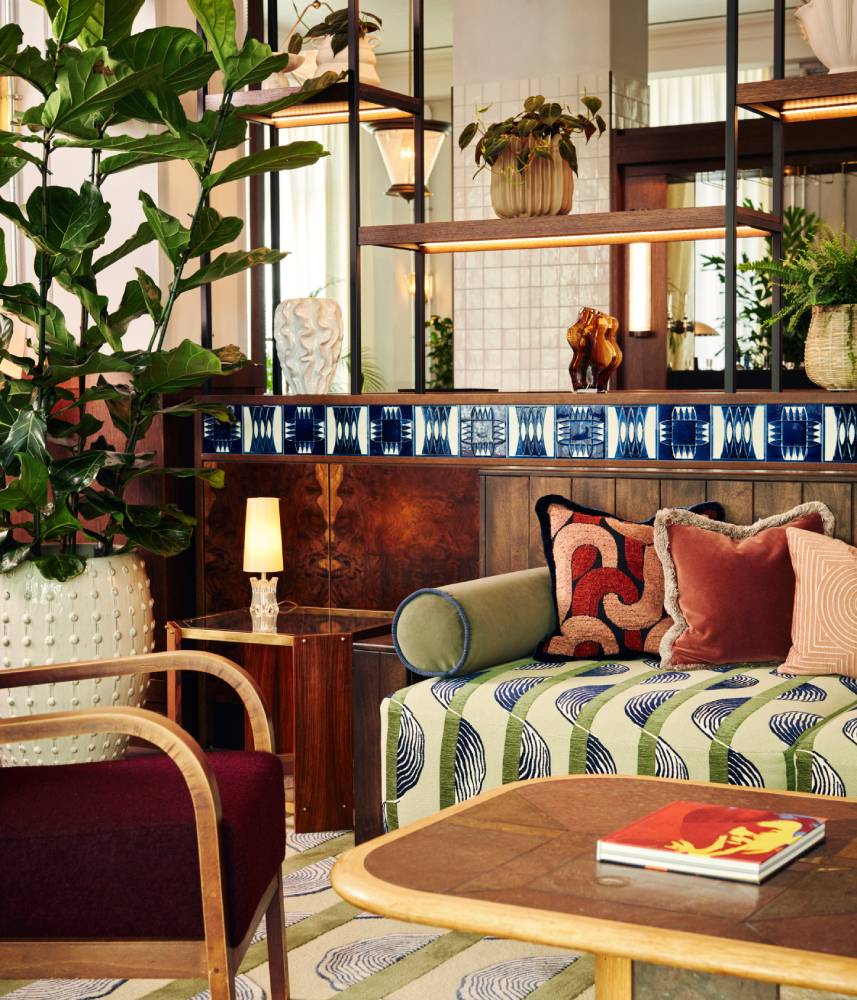Blurring the boundaries between education, hospitality, workplace and residential
We are witnessing a hugely exciting shift in boundaries between workplace, hospitality, education and residential; a variety of radical approaches to regeneration and development, BDP’s Amy Simpson tells us.
 Steelcase Learning and Innovation Centre
Steelcase Learning and Innovation Centre
Flexible environments, which blur the lines between home, work and play, can transform for a variety of individuals, start-ups and commercial practices. So how will this blurring of boundaries impact the future of commercial design?
It may look like PwC Frontier, an ‘Experience Centre’, which brings together business strategy, digital technology, customer experience and design. Developed to be comfortable yet hardworking, indifferent to regular change, it includes a Virtual Reality Lab, high-spec workspace, and an open plan area for a diverse set of activities.
Transformative schemes, such as the Galway Docklands, merge office with retail and hospitality. Galway Docklands re-establishes the city as a business and cultural hub by attracting forward thinking companies to reactivate this former shipping yard and the wider local economy.This approach strikes a chord with trends in education, retail and housing. The ability to connect anywhere means we can also work anywhere. We are increasingly looking to interior architecture to offer greater flexibility to facilitate our needs and ambitions.
Enlightened education clients have been embracing spaces that are more akin to the workplace to promote a ‘festival of learning’ culture. We designed MakeSpace for UCL, a multidisciplinary research hub for those interested in the made world. Variants of this model are becoming the future of education as universities fulfil their role as places where students can work across disciplines and engage with commercial partners in industry-standard surroundings.
Charles Eames said, ‘Design is an expression of purpose’ and, as designers, we have our role to play to inspire our future scientists, engineers and designers. Through the clever design of space and structure, we can re-imagine building types and spatial models to create truly progressive, adaptable places with maximised potential for all users.
